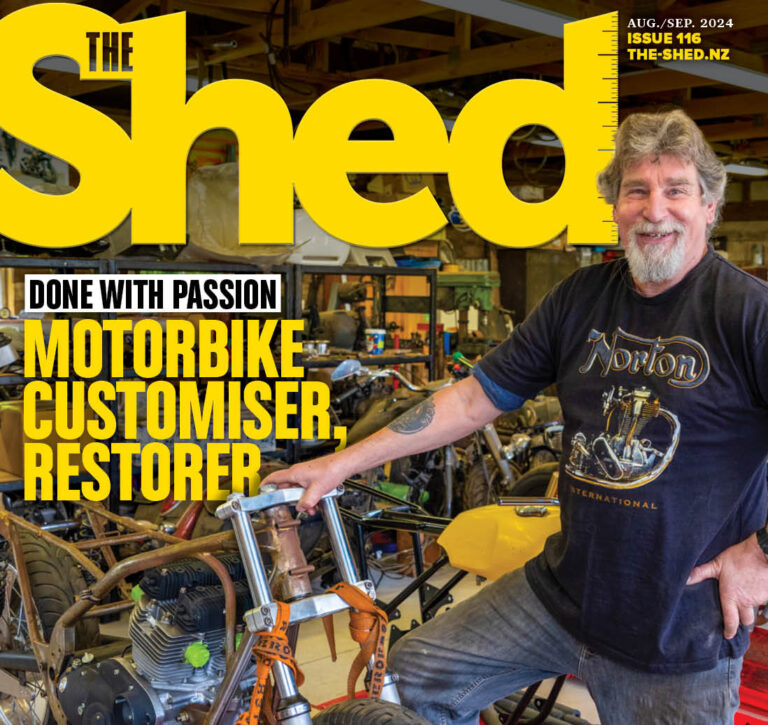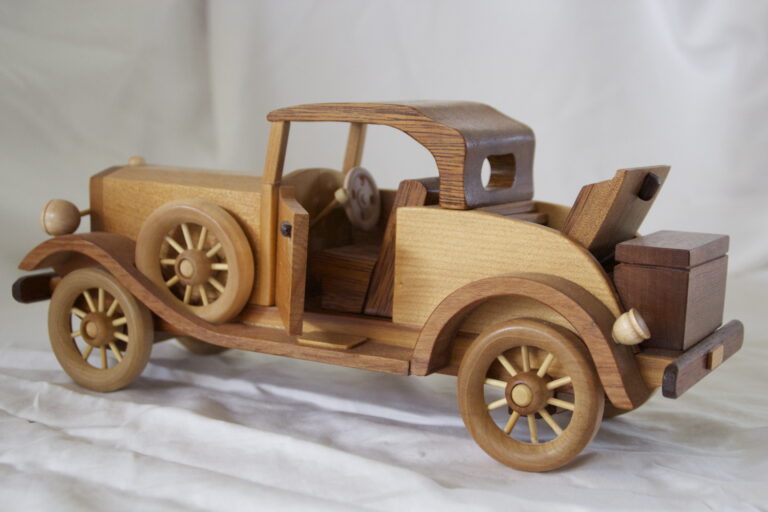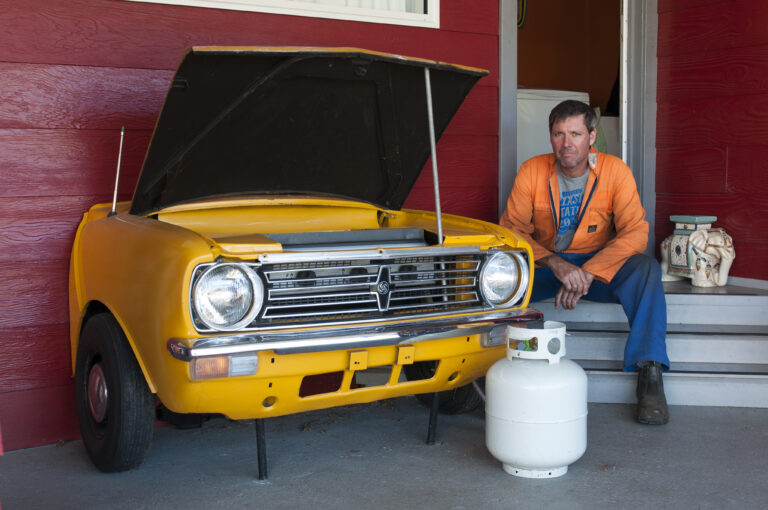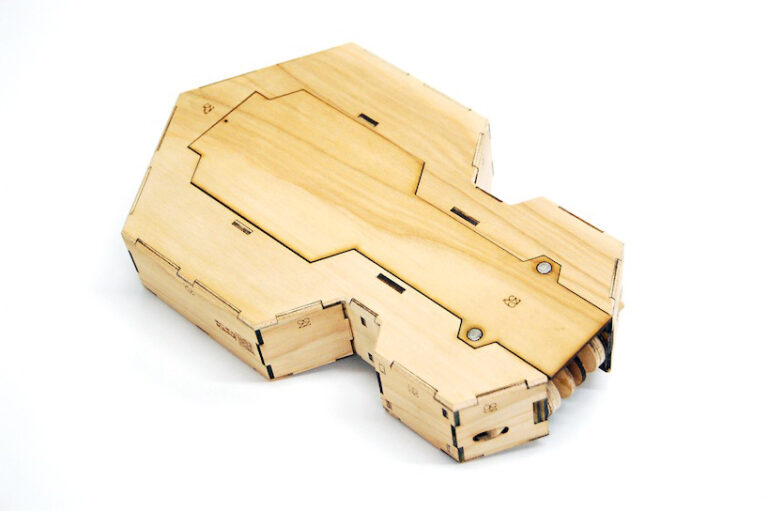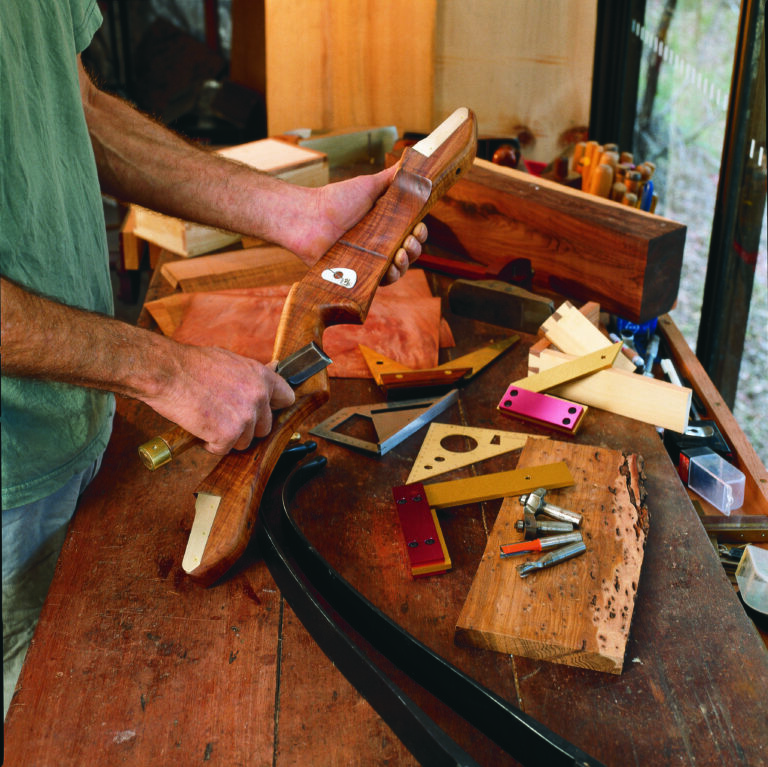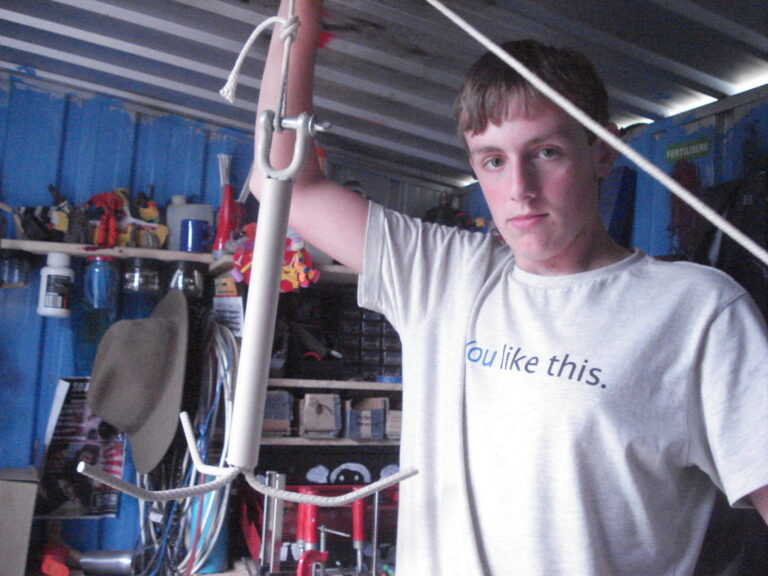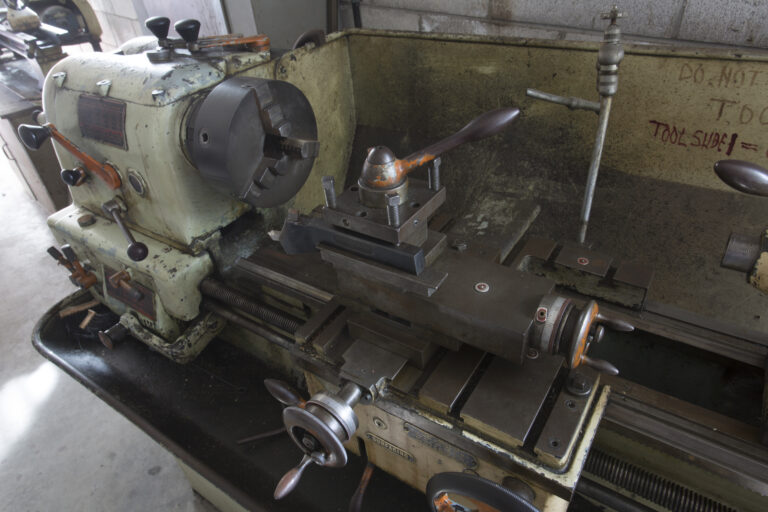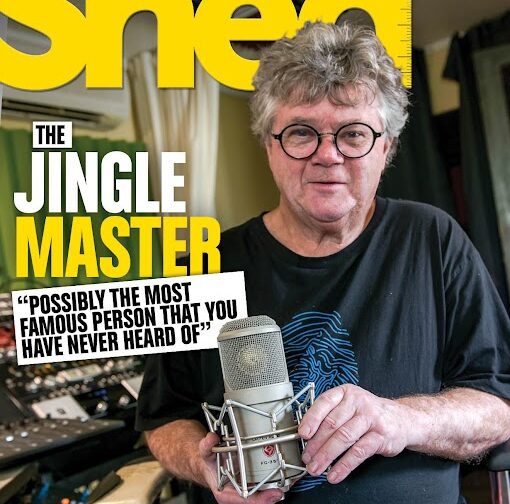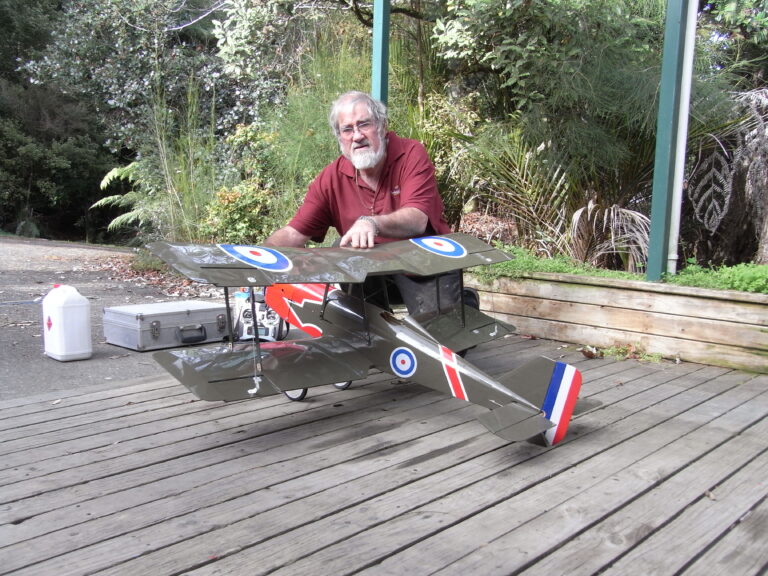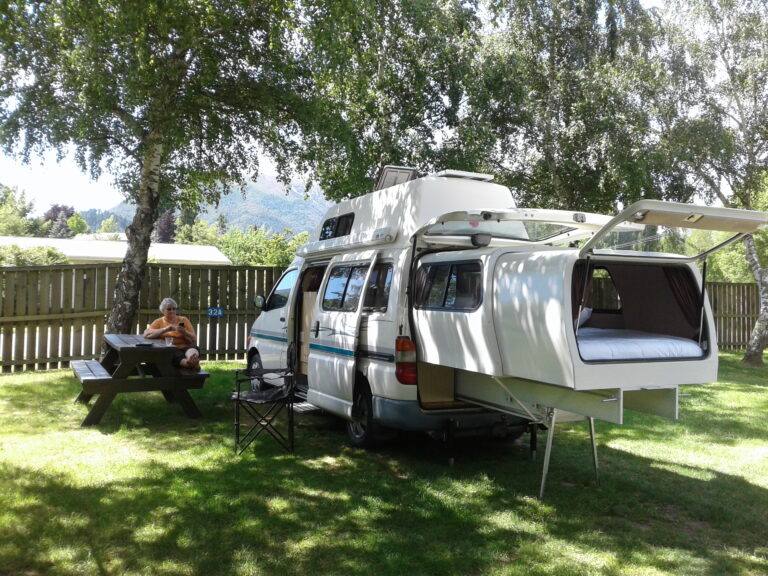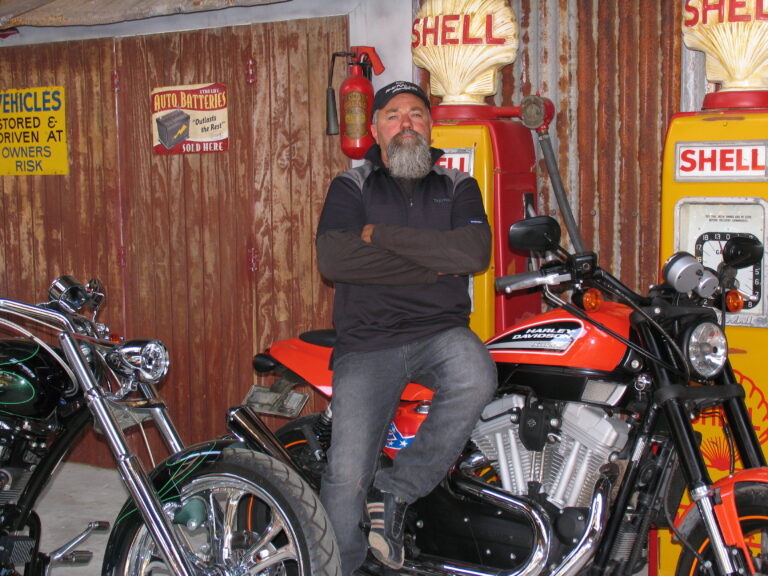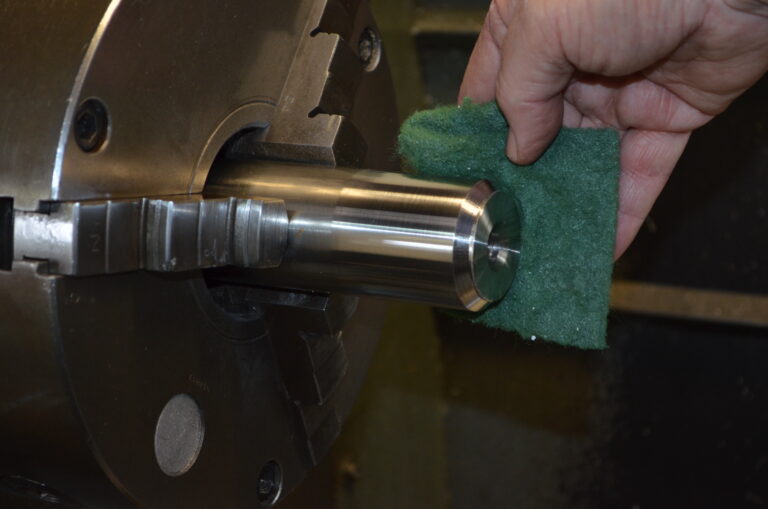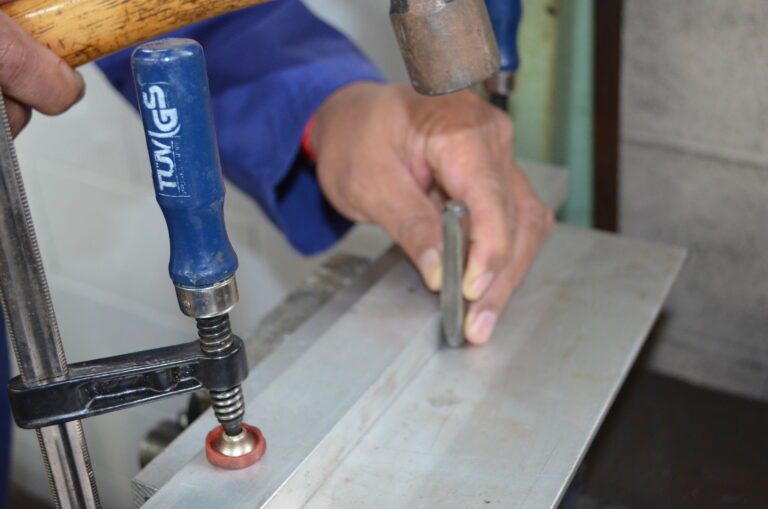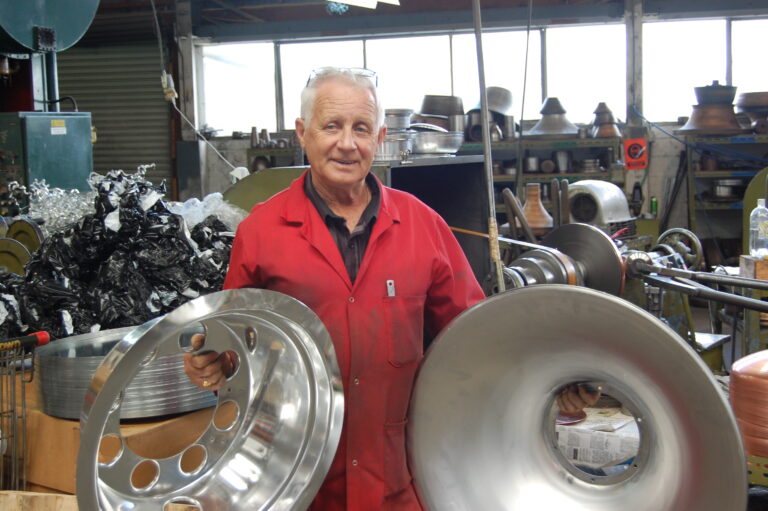
Preserving the past
It started with a teddy bear, then an American Greyhound bus, a wind-up Sherman tank and an aeroplane. Alastair Allan held on to his toys long after others would have put them aside. He’s still got them, along with several thousand other items that he has bought or acquired over the past 70 years or so. He declares he is holding on to the past for the future to tell the story of how people lived in North Otago as far back as 150 years ago.

